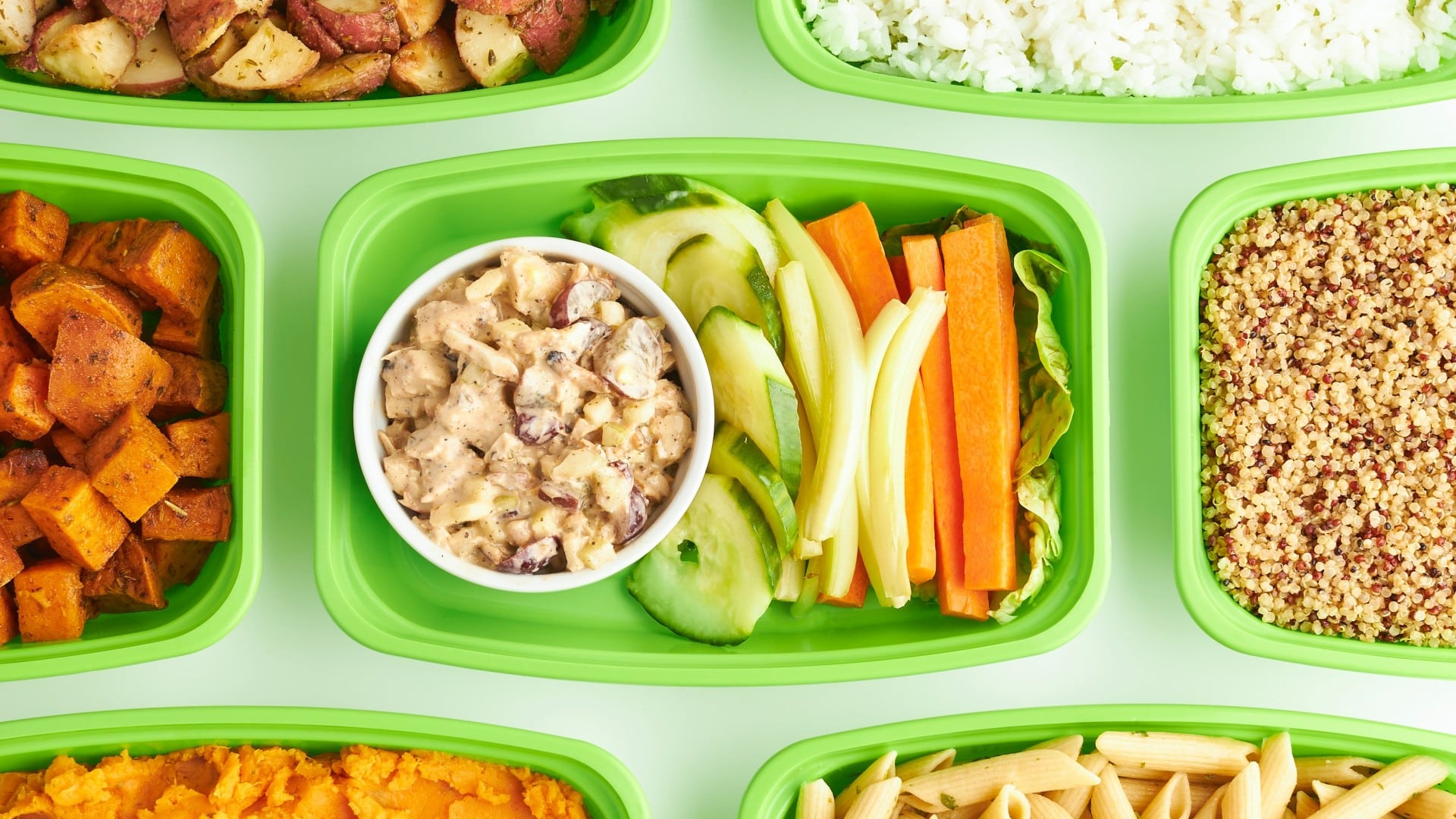Do I really have to avoid pasta, potatoes, and rice? (Maybe not!)

Whether you are newly diagnosed as a person with diabetes or if you’ve had diabetes for quite some time already, no doubt you have heard from family, friends, co-workers, or even providers that you absolutely must avoid pasta, rice, and potatoes in order to manage your diabetes without a problem. But is that really true?
The short answer: Maybe not.
While it is true that pasta, potatoes, and rice contain a high level of carbohydrates, these foods can be part of a healthy diabetes nutrition strategy. Whether or not these foods work for you is a matter of how your body works and more interestingly, how these foods are prepared. The preparation method for each of these can actually make a HUGE difference in how they are processed in the body. When these foods are prepared a certain way, they develop resistant starch, which changes how your body digests and converts them into the end product, which is glucose. Below, we explain how.
Resistant Starch – What is this?
Resistant starch is simply what the name implies: it is starch that is resistant to digestion. It passes through the small intestine without being tagged for breakdown and conversion into glucose. It is able to travel to your colon where it then feeds the good bacteria that help keep your body healthy. It occurs in 4 different forms, but Type 3 is present in pasta, potatoes, and rice when they are cooked and then cooled for at least 8-12 hours (otherwise called “overnight”). The conversion from general starch to resistant starch seems to hold up to the process of reheating, whether the food is reheated by microwave, stove, or oven.
Why is resistant starch helpful for diabetes?
A multitude of research studies have demonstrated that resistant starch helps to naturally increase insulin sensitivity, improve blood sugar levels after meals, increase the level of “fullness” you feel after eating with reduced calorie consumption, and can help prevent disorders of the lower gastrointestinal tract. All of these benefits can possibly help you more effectively manage your diabetes and still enjoy foods that you love.
The takeaway: If your provider advises you to avoid pasta, potatoes, and rice, but you really feel like you can’t or don’t want to avoid having them, consider cooking, cooling, and reheating. Bring the research links we’ll list below for them to review the evidence and discuss further with you. Perhaps they will learn something new, and you will too. The only way you will really know if you can still enjoy these foods is to test your blood sugar before you eat and two hours after.
References:
https://www.healthline.com/nutrition/resistant-starch-101
https://www.ncbi.nlm.nih.gov/pmc/articles/PMC5857355/
https://www.nature.com/articles/s41387-019-0086-9
https://www.sciencedirect.com/science/article/abs/pii/S0144861799001472


















